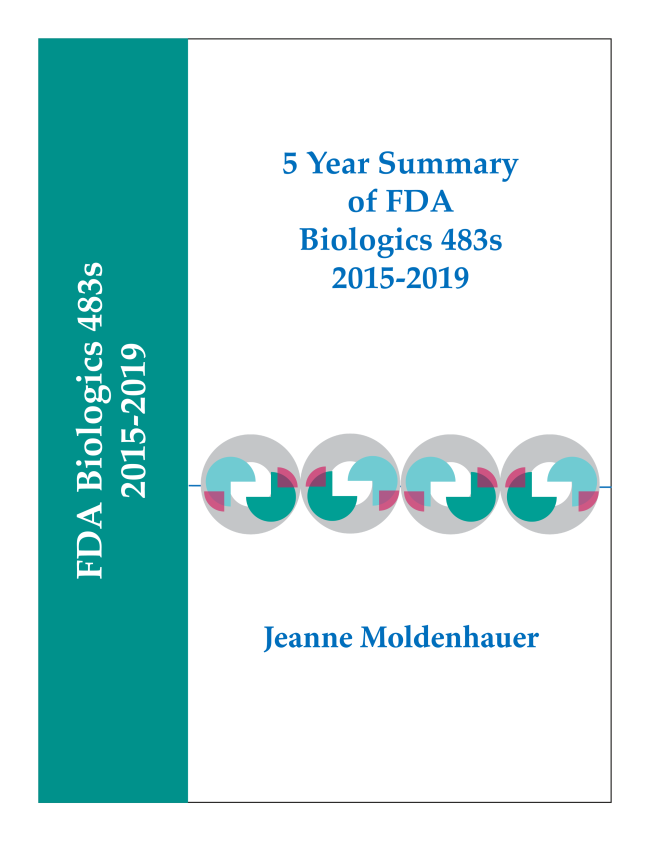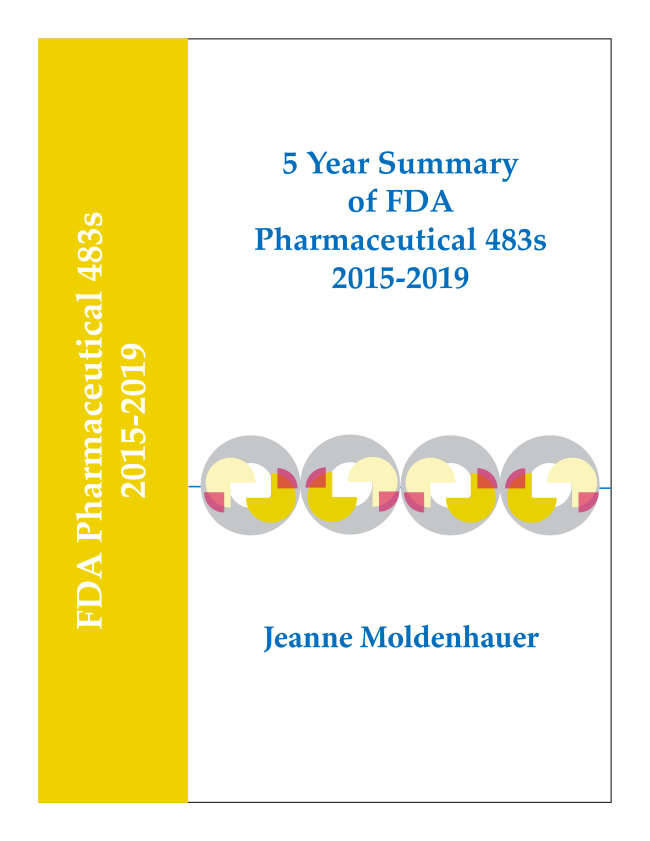CAM practices have been around for centuries, and have been thought
to provide a range of benefits for a multitude of physical and mental health
issues. Let’s see what their appeal is for people…
Tis' the season to remain healthy, not only in body but also in
mind. As we have seen coronavirus spread its wings across the globe, people
have been advised to stay inside their homes, and only to come out when
absolutely necessary. The virus has also overseen the crumbling of economies
across the globe, with many people being put out of their jobs, which has led
to severe mental stress among the population. We all know that the mind and the
body need to complement each other effectively in order to support overall
health, and that any disturbance in one will have a telling effect on the
other. In this context, along with the growing discussions around the vaccines
that have been in development for quite a while now, there have also been
suggestions regarding the repurposing of 'complementary and alternative
medicines' through rigorous testing and research.
Put simply, the concept of complementary
and alternative medicine has been around for a long long time, and have
been generally considered safe to practice by the general population, although
the scientific and medical communities have been skeptical of these practices.
However, this scenario is gradually changing, with experts supporting the
integration of traditional practices into the modern setup. Although the terms
are used as one, there is a major difference in the functioning of
complementary and alternative techniques, with the former being used ALONGSIDE
conventional treatment techniques, while the latter is used IN PLACE of
conventional techniques. As the world grapples with a rising number of cancer
cases, there has been a growing focus by a certain percentage of medical
experts to recommend complementary therapies in the hope that it may help in the
healing process, while improving the quality of life.
According to Johns Hopkins Medicine, CAM is widely practiced in the
United States, with 38% of adults and 12% of children having had an experience
with these therapies. Here, we will have a look at some of the most common
CAMs.
1. Acupuncture - Comes under traditional form of
alternative medicine, and is very widely known among the general population. It
is a traditional Chinese healing technique that focuses on stimulating certain
points of the body through the use of needles, with the aim to begin the
natural healing process. Acupuncture has been found to be effective in
combating widespread conditions such as neck and back pain, anxiety,
depression, and infertility, among others.
2. Homeopathy - Is based on the belief that the body
cures itself ("like cures like"). Practitioners make use of small
amounts of natural substances such as plants, in order to get the healing
process going. Homeopathy is used to 'treat' a number of ailments such as
allergies and depression, along with a variety of common illnesses. Critics of
this process cite the 'placebo effect' as the benefit of this technique, and
scientists have stated that any medicine, in the absence of an active
ingredient, as in this case, should not have any effect on the body. Still, the
method has remained ever-so-popular.
3. Naturopathy - This practice tries to get to the
root cause of a person's illness, instead of working out the symptoms.
Naturopathy combines traditional treatment procedures with modern scientific
concepts. Some of the common issues or illnesses that are supposed to be
treated include headaches, obesity, allergies, and chronic pain and fatigue,
among others. However, some of the treatment methods involved can affect your
body negatively, which includes the use of supplements, as well as undertaking
spinal adjustments and detox diet plans.
4. Ayurveda - This technique was developed more than
3000 years ago in India, and works on the concept of optimal balance between
the mind, body and spirit. Ayurvedic practitioners believe that each person is
made of 5 basic universal elements, which are space, air, fire, water and
earth. Furthermore, this also involves the concept of Life forces, or 'doshas',
with the three primary ones being Vata dosha, Pitta dosha and Kapha dosha. A
proper balance between these three is the key to good health. Ayurveda has
become very popular across the globe; however, in the US, the FDA has banned
certain Ayurvedic medicines on the grounds that they contain toxic metals,
which can prove to be extremely harmful for children.
5. Yoga – Yoga is probably one of the most well-known healthy
practice that has been attained crazy popularity around the globe, particularly
in the modern age where time is at a premium and there has been a rapid
adoption of the ‘fast-life’ culture. There are a number of yoga techniques that
address a range of issues, and offer benefits such as increased flexibility,
weight reduction, improved respiration and vitality, and enhanced circulatory
health, among many others. This is one of the few complementary techniques that
can be practiced irrespective of gender or age, and has benefits for every
demographic. The 21st of June is celebrated as World Yoga Day across
the globe.
6. Chakra Healing - This treatment technique has had a
centuries old history, with the 'Chakra system' originating in India between
1500 and 500 BC in the Vedas. There are 7 chakras, with each corresponding to a
specific organ, state of being and influence. These are the root chakra, the
sacral chakra, the solar plexus chakra, the heart chakra, the throat chakra,
the third-eye chakra, and the crown chakra. Even if one of these goes out of
balance, it disrupts the whole system. Yoga and meditation instructors talk a lot
about these chakras and how to effectively manage them, even though again,
there is not enough solid evidence to back these claims and approach.
7. Kinesiology - Comes from the Greek word for the
study of movement. It was started by a chiropractor, Dr. George Goodheart,
later integrating conventional Chinese medicine techniques. The major principle
of applied kinesiology is that 'a stress that strains the whole body may
objectively manifest as a weakening of a single muscle. Kinesiology makes use
of manual muscle testing to evaluate a patient's health, which helps in
understanding the problem, be it in the physical, emotional or biochemical
realm. Kinesiology provides best results when used in combination with
conventional treatment techniques. Kinesiologists apply various techniques such
as acupressure, lymphatic massage, flower therapy, myofascial releases, and
meridian therapy, among others.
8. Magnetic Resonance Therapy – This treatment
technique has garnered great interest among chiropractors; it involves the use
of a low-level magnetic field that can be used for activating a particular cell
and/or tissue area. The introduction of Magnesphere in this realm has furthered
the growth of this technique. The operation involves the principles of biology
and quantum physics, and comprises the elements of nuclear magnetic resonance,
chronic stress, stimulation of the Vagus nerve, and heart rate variability
(HRV).
These are just a few of the complementary and alternative techniques
that have piqued the interest of the global population in the past few years,
and helped in changing lives of millions. Even though many of these techniques
have been looked down on by a certain section of medical professionals, the
introduction and integration of technology has helped it in slowly gaining
acceptance among the medical community. With the COVID-19 pandemic forcing
people to stay at home, people have taken to online resources in order to carry
out their health routines and regimen, especially Yoga. With physical and
mental health becoming the most precious resource in these challenging times,
there will undoubtedly be greater focus on CAM in the coming years.
A few other CAM techniques have been summarized below:
|
Technique
|
Benefits
|
|
Tai Chi
|
A stress management
technique that originated in China, it results in decreased stress, anxiety
and depression, while improving energy and stamina, as well as enhanced
flexibility.
|
|
Reiki
|
A Japanese technique
that promotes stress reduction, relaxation and healing, on the basis of the
idea that the life fore energy of an individual needs to be high for a person
to be healthy and happy.
|
|
Qigong
|
A mind, body and spirit
practice that integrates posture, breathing technique, movement, sound, self-massage,
and focused intent. The National Qigong Association supports the development
and promotion of this technique.
|
|
Hypnosis
|
It is a trance-like
state wherein the individual experiences heightened focus and concentration.
This technique has been thought to be effective in coping with stress and
anxiety, letting go of one’s fears, thus making them relaxed and calm.
|
|
Meditation
|
One of the more popular
and simple ways of stress management, deals with the mental aspect of health.
Helps in reducing negative emotions, improving stress management, as well as
increasing creativity, patience and tolerance.
|
|
Visualization and Guided Imagery
|
Another stress
management technique, involves the creation of a detailed mental picture of
an attractive or peaceful environment. Research has shown this practice can
reduce anxiety and fear in individual, while also lessening the frequency of
headaches.
|
About GVR
Grand View Research is an India & U.S.
based market
research and consulting firm headquartered in San Francisco, which offers
syndicated research reports, customized research reports, and consulting
services. Our products and services have proved to be of great help to some of
the most renowned academic institutions and Fortune 500 companies in the world.
We help clients in making calculated, informed business decisions through
competitive analysis spanning 46 industries, including chemicals, materials,
energy, healthcare, food and beverage, and technology, across 25 major
countries globally.

















